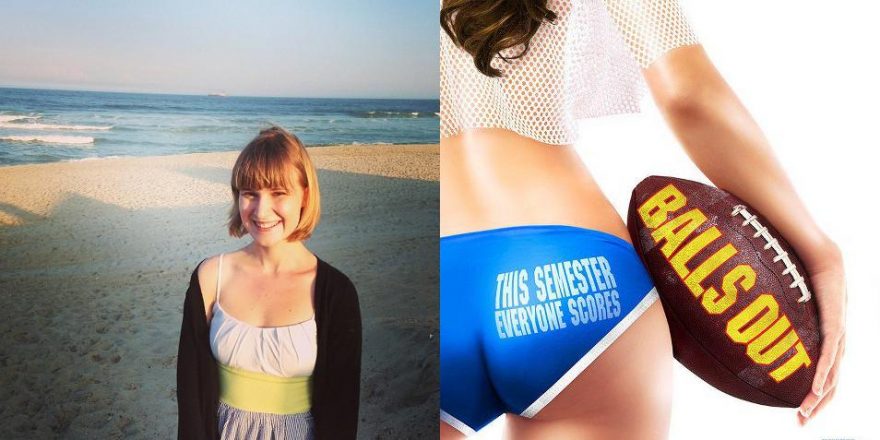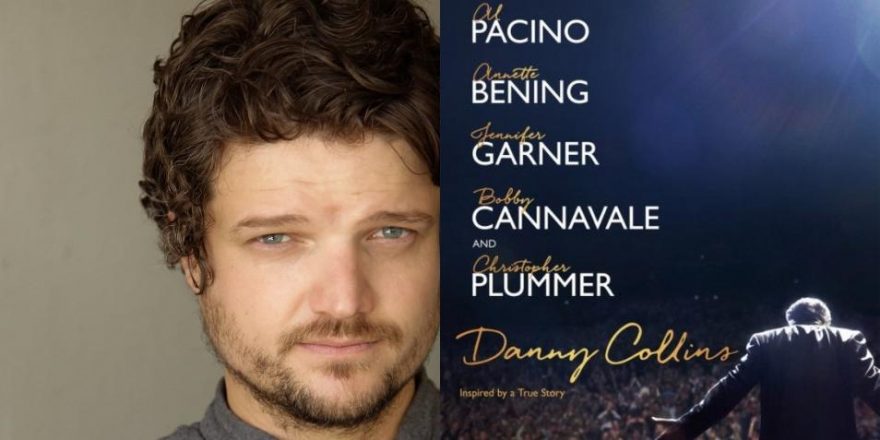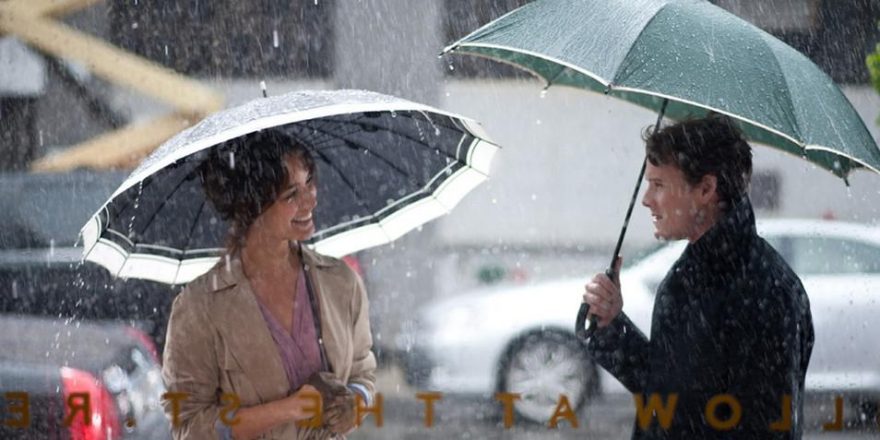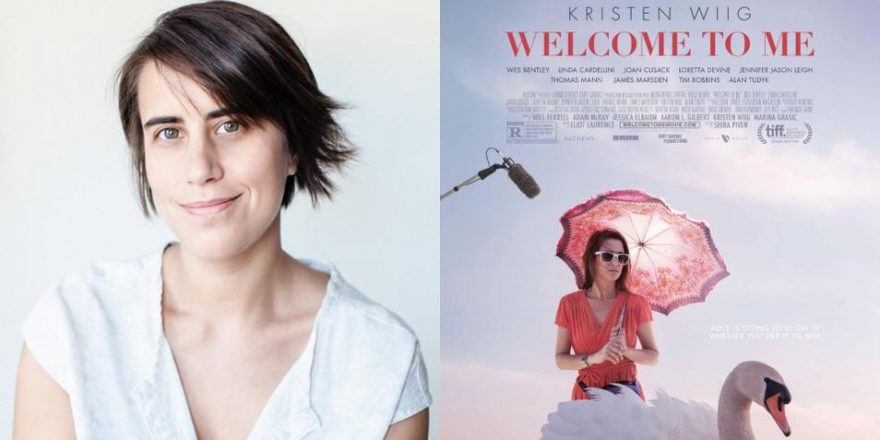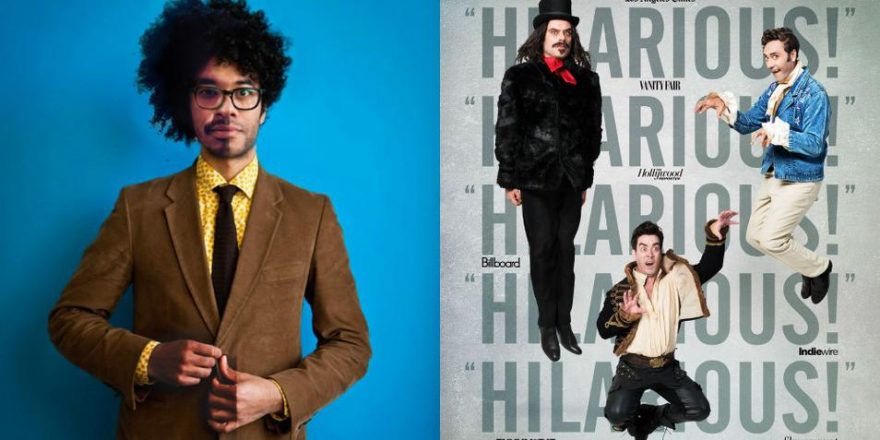I first heard about Balls Out — originally titled Intramural — because I am from Austin, TX, where the movie was filmed. When I saw it, I was pleasantly surprised to recognize a few of my favorite comedic Austin-based actors, Sam Eidson and Byron Brown (both of whom I’ve cast in my own movies), as well as Kirk Johnson and John Merriman. And I was excited to see these talented local actors working alongside some very funny Saturday Night Live cast members (Kate McKinnon, Beck Bennett and Jay Pharaoh) in this over-the-top comedy about a cutthroat college intramural football league.
Here’s the gist of the plot: Caleb Fuller (Jake Lacy) decides to reunite his old flag football team for one last hurrah before he has to graduate college, enter the real world, and marry his nearly insane girlfriend (McKinnon). Torn between his commitments to the league and to his future, Caleb is forced to go on a soul-searching journey on which he discovers what’s really important in his life.
Balls Out has a lot of heart, and some really effective comedic moments. Bennett, Pharoah and Brian McElhaney particularly stood out among the cast and made the most out of their time on screen. The writing intentionally hits the stereotypical beats of sports movies, yet avoids the “from the makers of Scary Movie” approach to parody. It’s a fine line, but the spoofing is balanced by an honest and cohesive sense of humor and scenes that serve a greater purpose than just to make you laugh.
But what Balls Out really got me thinking about was audiences’ expectations of indie comedies. Had this been a movie starring Will Ferrell and with a well-known supporting cast, it would’ve felt like a pretty solid studio comedy, the kind we pay to see for the on-screen talent assembled more than the actual plot of the film. Though this movie is structurally comparable to Dodgeball or Semi-Pro, it doesn’t have as recognizable an ensemble cast (unless you’re from Austin). And that’s actually one of my favorite things about it. Balls Out subverts the expectation that smaller indie comedies need to feel like a Duplass brothers film to be successful — and I love the Duplass brothers, so that is not meant to be an insult in any way.
Balls Out is a passionate attempt to make you laugh using every aspect of the filmmaking process.What the Duplasses do so well is create honest characters struggling with situations in a relatable and endearing way — learning and growing through comedic obstacles. However, there have been some recent indie comedies focusing more of their resources on emulating the Duplasses’ almost voyeuristic visual style (sometimes with a shaky camera and “natural” lighting) instead of creating characters and plots with the earnestness that makes their films so special in the first place. And I know this sounds counterintuitive, but some of these stylistically similar indie comedies have become more bland than what we’d expect from a studio comedy these days. Which brings me back to Balls Out.
This indie comedy utilizes bold colors, wacky sound effects, slick camera moves motivated by comedic beats, and exaggerated performances. These filmmakers fearlessly embrace a cinematic style while still accepting the realities of being an independent film, and overall I was impressed with what they were able to accomplish.
I feel like there are some filmmakers who purposely decide not to use some of these techniques mentioned above because of the expectations of what an indie comedy should look and sound like. I mean, not every indie comedy needs to have a scene where the lead character offers their love interest a necklace of hobo teeth, but at least Balls Out is a passionate attempt to make you laugh using every aspect of the filmmaking process. This brings to mind a lesson I learned making my third movie, My Sucky Teen Romance, when I realized I could blend genres and use certain visual techniques, even if I didn’t have a lot of money.
We shot the movie in two weeks and, I’m not proud to say, were often working overtime just to finish it. Feeling pressed for time and worn down by general exhaustion, we were tempted to just get the minimum coverage and lighting for each scene and move on. I call this B+ filmmaking – which is mostly what my grades were in high school when I was in the middle of making a movie. Just good enough for me to say, “That’s acceptable,” and move on.
But on this particular set, we had a cast and crew that always did everything they could to make the movie better. Sometimes it was simply by saying, “Hey, we already did this camera move. What if we did something a little different here?” Those moments that we changed to feel just a little more cinematic – even though we were shooting on a Canon 7D and using my high school’s lighting packages – are still my favorite scenes. They make it…a movie.
So when it comes to making independent films, I think it’s important to embrace the idea that your storytelling style is not going to eat up your budget. Whether or not you can afford a helicopter for the shot you want, that’s a different story. But defining a color palette, understanding the motivations behind camera moves, and making thoughtful editing choices are small things that add up to create the feeling of your film — and Balls Out has an intentional, cinematic feeling. It’s hard to ignore that, even if other parts of the film don’t work for you.
My favorite sequence involves two intercut scenes at the pivotal moment before the big showdown game. Both teams are receiving motivational speeches from their coaches, and there’s just as much comedy in the editing as in the contrasting “words of wisdom.” To me, this is the clearest example of Balls Out’s style — over-the-top dialogue, playful use of sports movie tropes, surreal humor, and visual jokes that make this a fun little movie with a unique voice.


